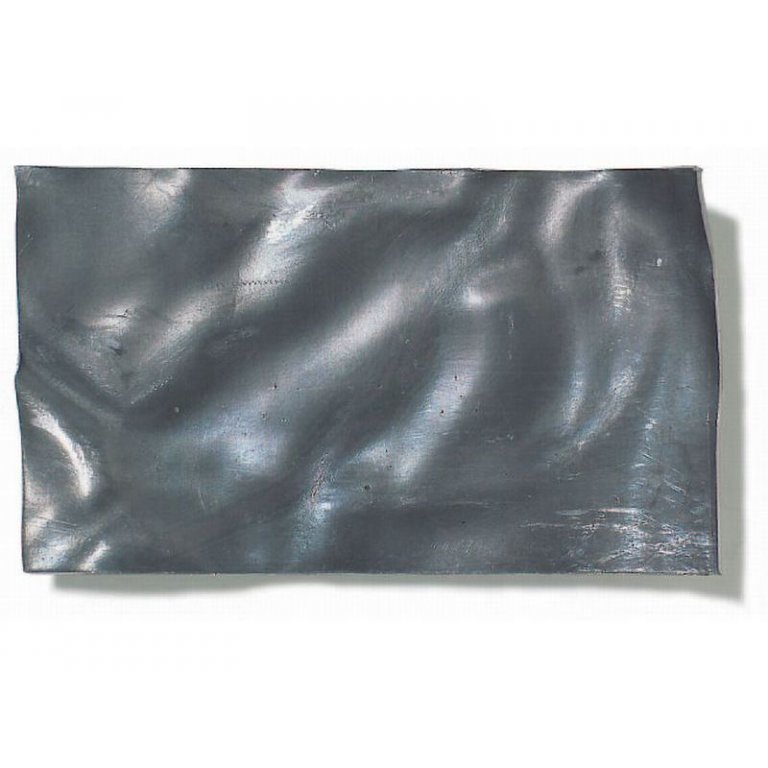Lead is a fascinating material; its bulk density alone of 11.3 g/cm³ is impressive. Lead is therefore more than eleven times heavier than water. By comparison, the bulk density of concrete is around 2.4 g/cm³, so lead is also almost five times as heavy as concrete. Essentially, lead's best-known property is also derived from its bulk density. It has a strong shielding effect against gamma and X-ray radiation and is used in radiation protection. In addition, the main use of lead is the classic car battery (not the modern lithium battery in electric vehicles).
As a heavy metal, lead is toxic to organisms. However, it hardly ever enters the human body through contact with the skin. In most cases, we do not come into direct contact with elemental lead either, as it quickly forms an oxide layer or a layer of lead carbonate on the surface, which protects it from further oxidation. Dangerous for humans, however, are lead dusts and dissolved lead, which can be absorbed into the body and accumulate there, as it can only be broken down and excreted very slowly. This is why the installation of lead pipes for drinking water and lead additives in fuels are now banned in the EU.
Lead tape is very soft and easy to form by hand. It can be cut with strong scissors or tin snips. Lead is often used as a stabilizing weight (e.g. in fishing, in the construction of model boats or in the keel of sailing yachts).
